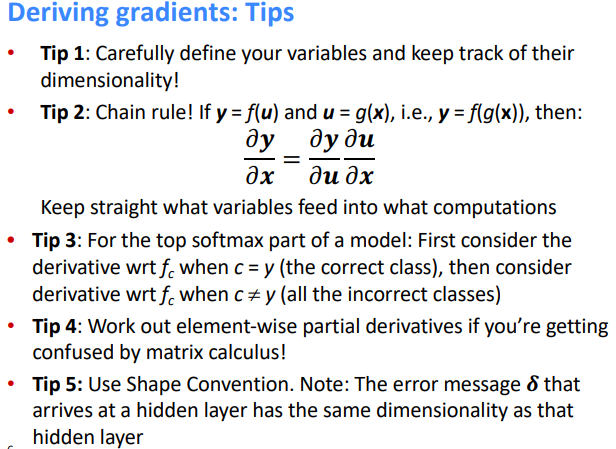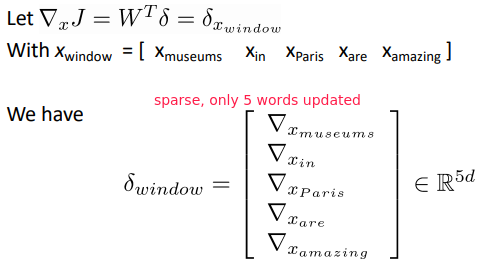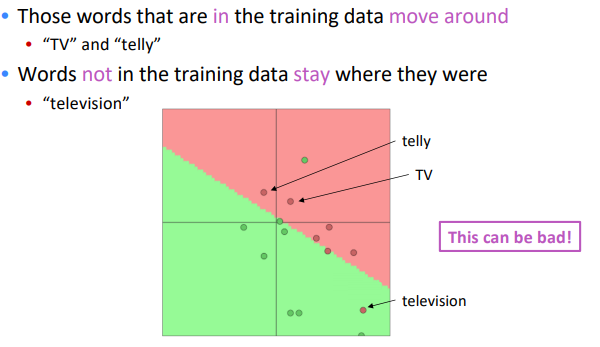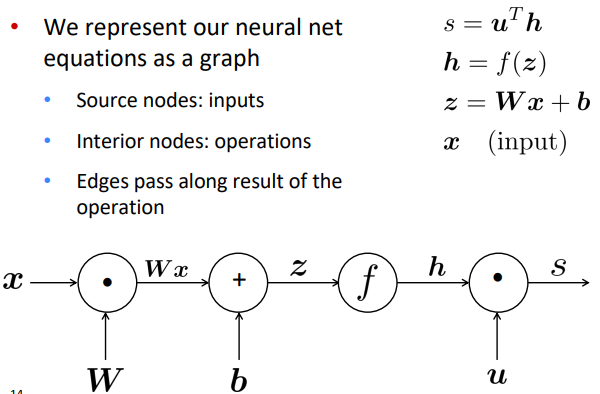Dart默认的linter配置有点弱, 有很多有问题代码也不报错或警告. 添加一个analyzer可以应用dart的最佳代码实践, 对一些不好的代码风格提出警告或者直接报错, 从而提高代码质量.
Cf. resocoder的介绍文章 (和视频)
Use an analyzer
Resocoder推荐lint, 里面提供了一些最佳的dart和flutter代码风格. 类似的选择还有pandentic和effective_dart.
使用方式就是, 先在pubsepc.yaml里添加依赖:
# pubspec.yaml
dependency_overrides:
lint: ^1.3.0
然后在根目录新建一个analysis_options.yaml文件:
# analysis_options.yaml
include: package:lint/analysis_options.yaml
Exclude folders / disable rules
analyzer默认会扫描文件夹下所有的dart代码, 有时候一些自动生成的代码或者在build/文件夹下的代码并不需要被分析, 可以用exclude把它们排除在外.
另外有些默认的规则可能不适用于自己的代码, 比如我就比较喜欢加this, 认为这样更容易区分成员变量和普通变量 ...





 ⇒
⇒














 ⇒
⇒






